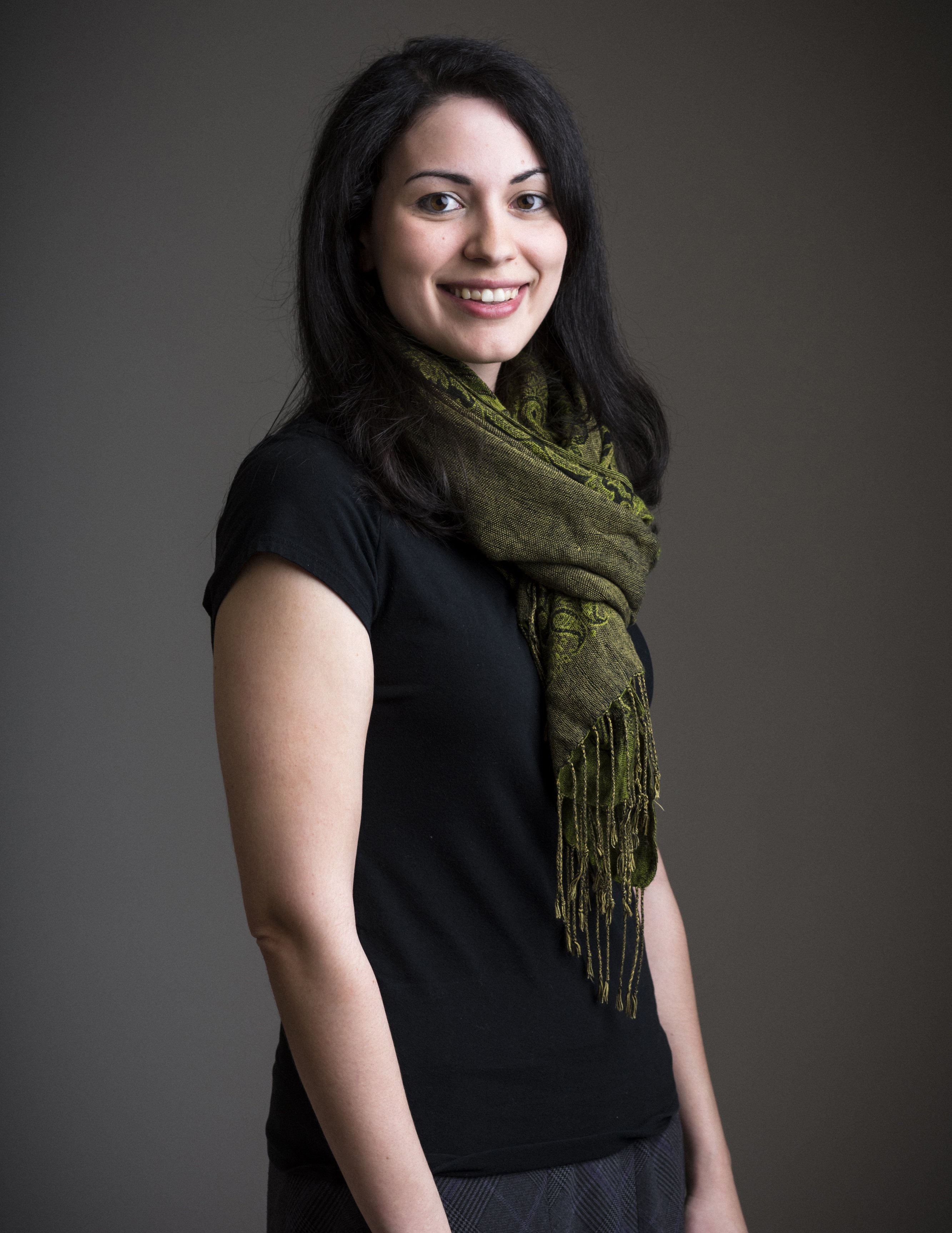
Michelle DiMarzo
Scholarship on Titian has tended to treat the artist’s journey to Rome in 1545–46 as a sidebar to his career, and especially to its trajectory at midcentury. My dissertation challenges this prevailing view of Titian’s activity in the 1540s, a decade crucial to his development in ways that will profit from further investigation. I argue that the social power exercised by Titian’s paintings, particularly his portraits, took center stage in the intersection of Roman and Venetian culture at midcentury, a period that has been understudied in relation to both what preceded and followed it. The opportunities presented by this moment of dislocation and encounter—central Italian and Venetian, papal and republican, ancient and modern—allow me to reassess Titian’s own agency and innovation within the richly textured fabric not only of early modern Italian culture, but also the larger European stage, upon which his frequent patron Charles V was a key player.